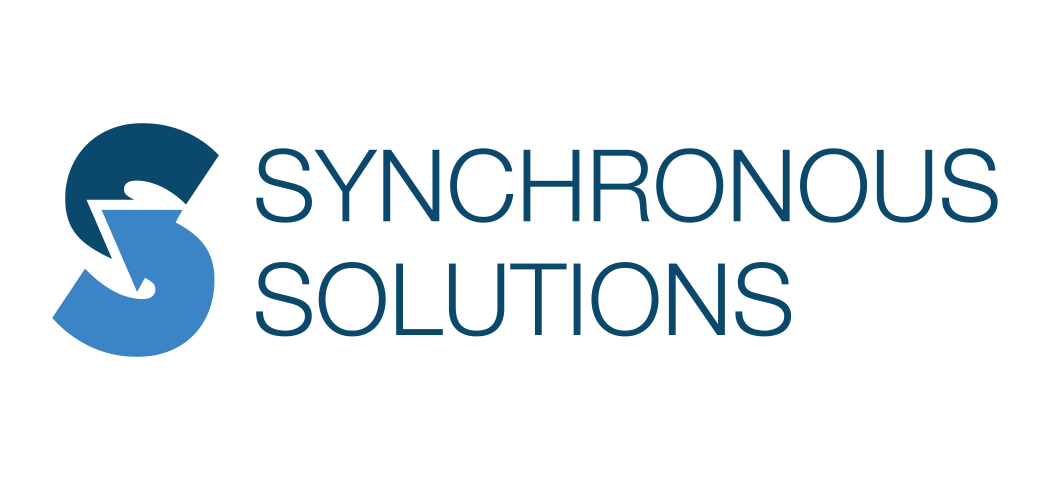
By Ed Montgomery, Principal, Synchronous Solutions
Which Roles Should Be Involved with Continuous Improvement at a Company?
In short, everyone! Ensuring continuous improvement in a business is a shared responsibility, but certain roles are explicitly tasked with leading and facilitating this process.
The executive leadership team, including the CEO, COO, and owners, plays a critical role in setting the vision and culture for continuous improvement. Their primary responsibilities include promoting a mindset of innovation and learning, allocating resources for improvement initiatives, and encouraging feedback and ideas from all levels of the organization.
Senior management teams are responsible for ensuring operational efficiency and the effectiveness of work systems in their areas. They design, deploy, and optimize systems, monitor area metrics, and implement complex improvements. Additionally, they govern and oversee project portfolios while providing and monitoring shared improvement resources such as centralized project managers and business analysts.
Process-level management teams focus on operational efficiency and effectiveness within their realm of influence. They optimize workflows and systems, monitor performance metrics, and implement improvements. These teams collaborate to reduce waste, improve productivity, and launch simple project teams to improve processes while running.
As your continuous improvement program matures, you may consider hiring dedicated continuous improvement managers or coordinators to oversee and drive those initiatives across the organization. Their tasks include implementing methodologies like Theory of Constraints, Lean, Six Sigma, or Kaizen, identifying inefficiencies and opportunities for improvement, and facilitating training to support teams in process improvement efforts.
Employees and teams are also integral to continuous improvement efforts. Their primary responsibility is to actively participate by suggesting ideas for process and performance improvements, collaborating with management to implement changes, and continuously refining individual and team workflows.
Change management professionals support the organization through transitions. They develop strategies to manage resistance to change, align improvements with organizational goals, and train staff on new processes and tools.
Finally, external consultants provide expertise and guidance on improvement strategies. They assess current practices, recommend improvements, train staff on best practices and methodologies, and offer unbiased perspectives on processes.
In conclusion, while certain roles are explicitly tasked with continuous improvement, fostering a culture of improvement is a collective effort involving leadership, managers, and employees. Success depends on clear communication, empowerment, and alignment with organizational goals.
1. The Executive Leadership Team (CEO, COO, Owners, etc.)
- Primary Responsibility: Set the vision and culture for continuous improvement.
- Key Tasks:
- Promote a mindset of innovation and learning.
- Allocate resources for improvement initiatives.
- Encourage feedback and ideas from all levels of the organization.
2. Your Sr. Management Teams.
- Primary Responsibility: Ensure operational efficiency and effectiveness of the work systems in their areas.
- Key Tasks:
- Design, deploy and optimize systems in their areas.
- Monitor area metrics and implement complex improvements.
- Provide governance and oversight for project portfolios for the area.
- Provide and monitor shared improvement resources across teams. (Centralized project managers, Business Analysts, etc.)
- Your Process Level Management Teams
- Primary Responsibility: Ensure operational efficiency and effectiveness of processes within their realm of influence.
- Key Tasks:
- Optimize workflows and systems.
- Monitor performance metrics and implement improvements.
- Collaborate with teams to reduce waste and improve productivity.
- Launch simple project teams to improve the process while running.
- Continuous Improvement Manager/Coordinator
- Primary Responsibility: Oversee and drive continuous improvement initiatives across the organization.
- Key Tasks:
- Implement methodologies like Lean, Six Sigma, or Kaizen.
- Identify inefficiencies and opportunities for improvement.
- Facilitate training and support teams in process improvement efforts.
5. Employees and Teams
- Primary Responsibility: Actively participate in improvement efforts.
- Key Tasks:
- Suggest ideas for process and performance improvements.
- Collaborate with management to implement changes.
- Continuously refine individual and team workflows.
6. Change Management Professionals
- Primary Responsibility: Support the organization through transitions.
- Key Tasks:
- Develop strategies to manage resistance to change.
- Align improvements with organizational goals.
- Train staff on new processes and tools.
7. External Consultants
- Primary Responsibility: Provide expertise and guidance on improvement strategies.
- Key Tasks:
- Assess current practices and recommend improvements.
- Train staff on best practices and methodologies.
- Offer unbiased perspectives on processes.
Conclusion:
While certain roles are explicitly tasked with continuous improvement, fostering a culture of improvement is a collective effort involving leadership, managers, and employees. Success depends on clear communication, empowerment, and alignment with organizational goals.


